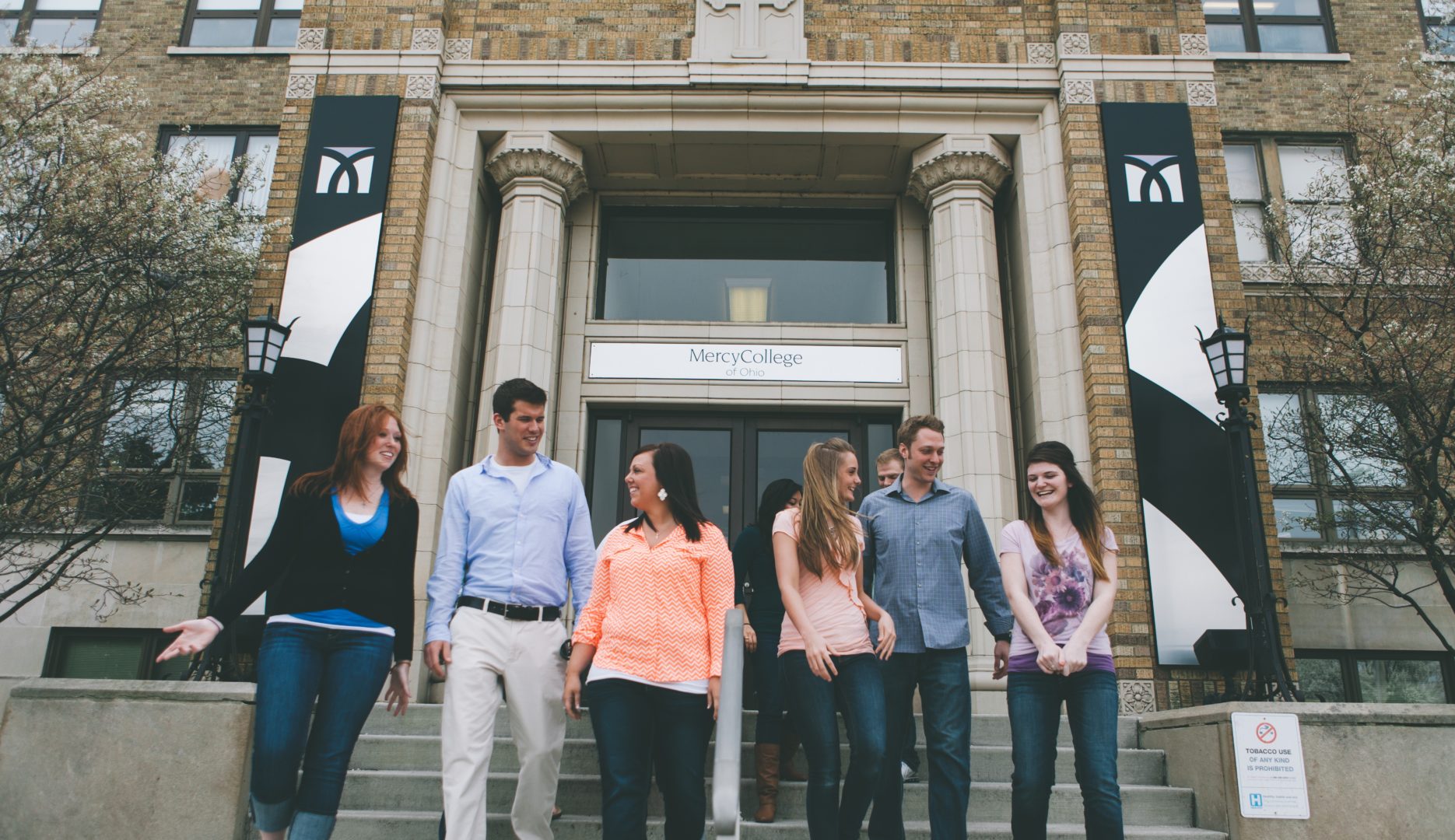
05 May Pandemic Part of Mercy College History
When the Sisters of Mercy came to Toledo 102 years ago, in the midst of the Spanish Flu pandemic and countless challenges, they recognized the importance of preparing healthcare providers and began the Mercy School of Nursing while simultaneously starting a hospital. Just as it was then, the demand for healthcare workers was as apparent as it is today.
Mercy College of Ohio has been meeting this need for over 100 years. The transition to becoming a college was made in 1993 and Mercy has expanded to offer healthcare programs at the certificate, associate, bachelor’s, and master’s level in nursing and a wide array of allied health options both on-campus and online. Generations of Mercy College graduates are now on the front lines of the COVID-19 pandemic.
has been meeting this need for over 100 years. The transition to becoming a college was made in 1993 and Mercy has expanded to offer healthcare programs at the certificate, associate, bachelor’s, and master’s level in nursing and a wide array of allied health options both on-campus and online. Generations of Mercy College graduates are now on the front lines of the COVID-19 pandemic.
Unlike many new college graduates, Mercy College’s class of 2020 is not likely to have difficulty finding employment. Mercy graduates not only can easily find jobs, but they enter the workforce with higher salaries with an average annual income above $50,000. Mercy College scored near the top for return on investment in a study released by Georgetown University in November 2019. Among 4500 colleges and universities, Mercy College was ranked in the top 2% for Return On Investment (ROI) after ten years and the top 5% for ROI after 40 years.
*The report released by Georgetown University, Center on Education and the Workforce ranked 4500 colleges and universities in the United States based on return on investment (ROI) titled A First Try at ROI: Ranking 4,500 Colleges. Georgetown used Net Present Value (NPV) to determine the rankings. Net Present Value is a way to compare the cost of investing in college now against the potential gains over time. Mercy College’s NPV at ten years is $248,000, and the NPV at 40 years is $1,206,000.






